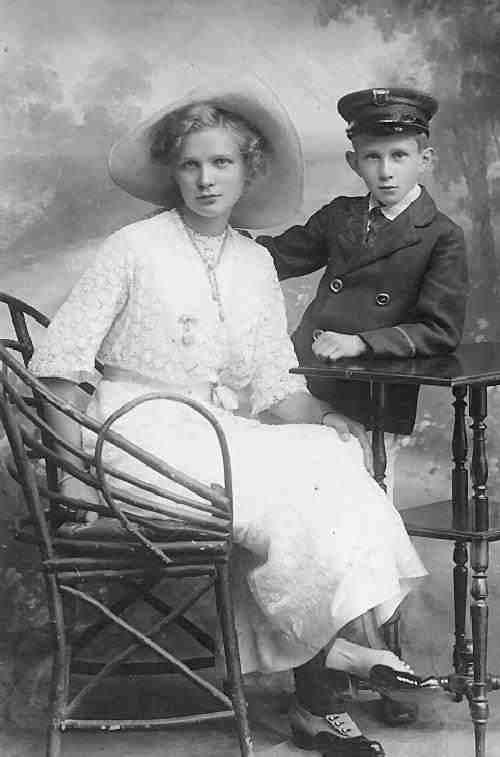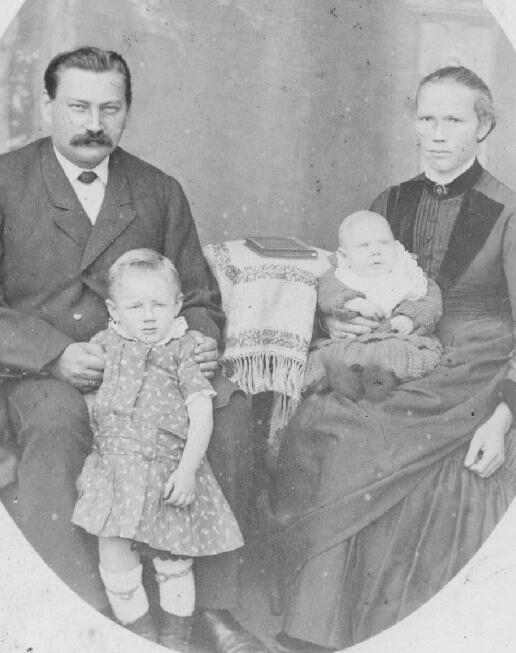
Figure 8.--HBC has no idea as to the nationality of this boy and his mother. We are unsure just what kind of unifirm that he is wearing. Click on the image for a more detailed discussion.


Figure 8.--HBC has no idea as to the nationality of this boy and his mother. We are unsure just what kind of unifirm that he is wearing. Click on the image for a more detailed discussion. |
Country identification is sometimes eased by ethnic styles or the ethnic makeup of certain countries. In many instances boy wear styles like sailor suits that were widely worn throughout Europe, making specific country identificaton difficult. We have acquired quite anumber of 19th and early 20th century portraits that we are having trouble identifying. Many are definitely European. Several may be German, but we are having trouble definitelvely identifying them. Some countries have no destinguishable characteristic clothing styles. Country identification has become especially difficult in recent hyears as so many tyles have crossed national borders. Modern European boys in "T" shirts, jeans, and sneakers, for example, are virtually impossible to identify.
Please let HBC know if you have any thoughts on the nationality of these families or children.

Figure 13.--A German reader sent us this image which was dated 1887. We at first thought that it might be German. Apparently it is not. On the back of the portrait is written, "familia Stanja" in a mixture of current (German style) and Latin. Our reader believes that they may be Donauschwaben or Volkdeutche, but is not at all sure. |
Navigate the Historic Boys' Clothing Web Site:
[Return to the Main difficult country image page]
[Introduction]
[Activities]
[Biographies]
[Chronology]
[Clothing styles]
[Countries]
[Topics]
[Bibliographies]
[Contributions]
[FAQs]
[Glossaries]
[Satellite sites]
[Tools]
[Boys' Clothing Home]
